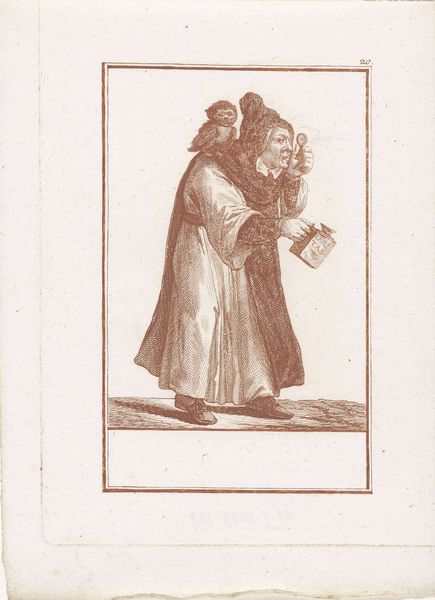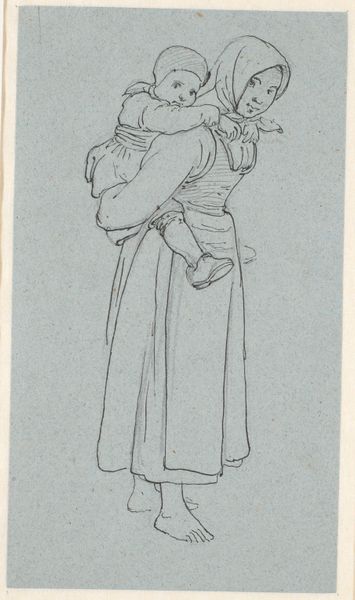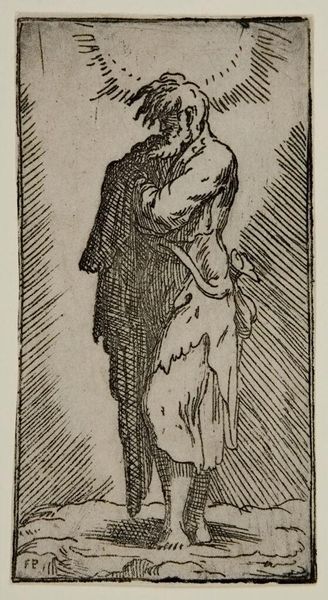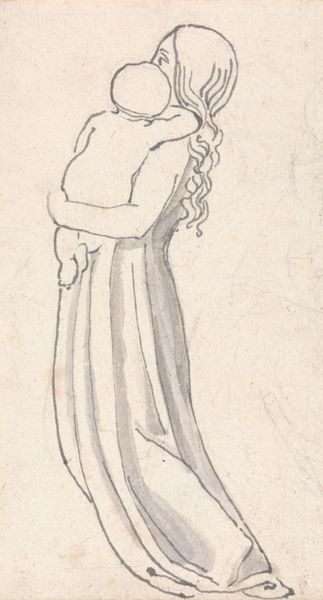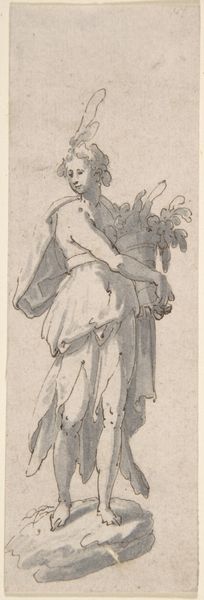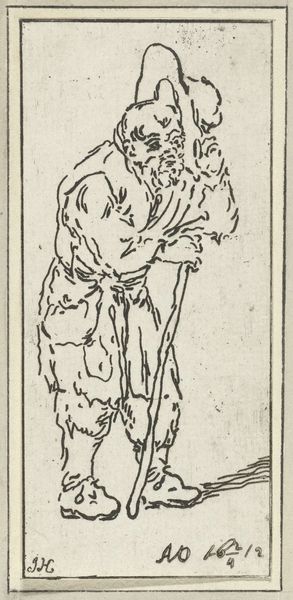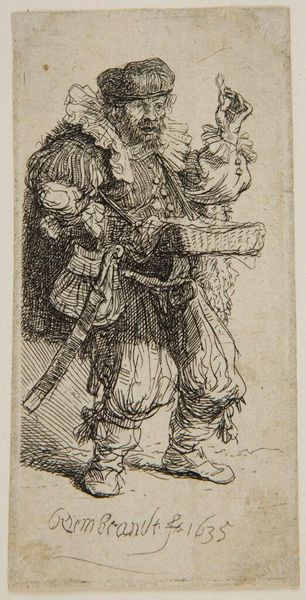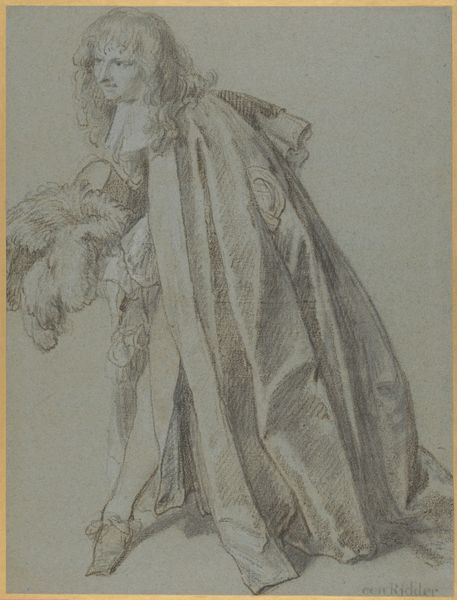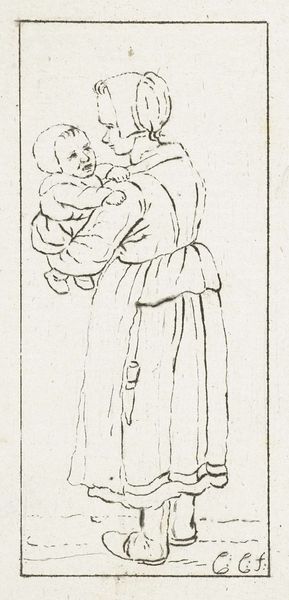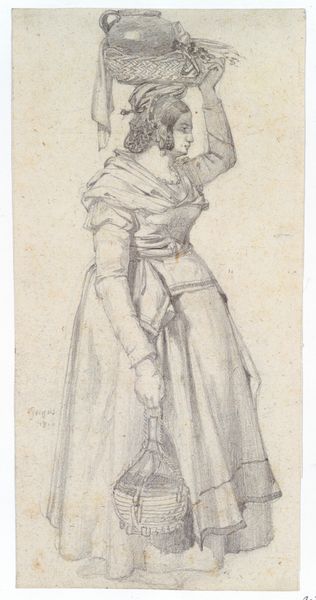
drawing, pencil
#
portrait
#
drawing
#
pencil sketch
#
figuration
#
11_renaissance
#
pencil
Dimensions: height 235 mm, width 165 mm
Copyright: Rijks Museum: Open Domain
Curator: This drawing, "Standing Couple seen from the side" by Esaias van de Velde, created between 1612 and 1617, uses pencil. Editor: The soft lines give the figures a gentle quality, and I find myself curious about how Van de Velde actually worked, practically. What can you tell me about the social and material aspects of producing a work like this at that time? Curator: Consider the paper itself, and the labor involved in producing it, from rags to a smooth surface ready for drawing. Also, the pencils. Where did the graphite come from? How was it processed and prepared for the artist’s use? Were these materials readily available or luxurious commodities? These factors inevitably impact the ease or constraints artists faced in realizing their work. Editor: That's a good point. The pencil lines, although delicate, do seem deliberately placed. I wonder how many studies like this he made? Were these preliminary sketches or valued as standalone artworks at the time? Curator: That's the heart of it, isn't it? Was this drawing conceived as an end in itself, something to be displayed and appreciated for its inherent qualities, or was it a means to a more significant material end? It provides insights into the role of drawing within the larger sphere of artistic production during the Dutch Golden Age. Maybe it challenges our own later distinction between "art" and "craft." Editor: So, by looking at the materials and how they were used, we can understand the work's original function in a very different way. Thanks. I now appreciate that understanding art in its historical material context opens avenues into different layers of meaning. Curator: Exactly. And it’s through such material considerations that we can unravel how notions of art are constructed and valued through different phases in history.
Comments
No comments
Be the first to comment and join the conversation on the ultimate creative platform.
